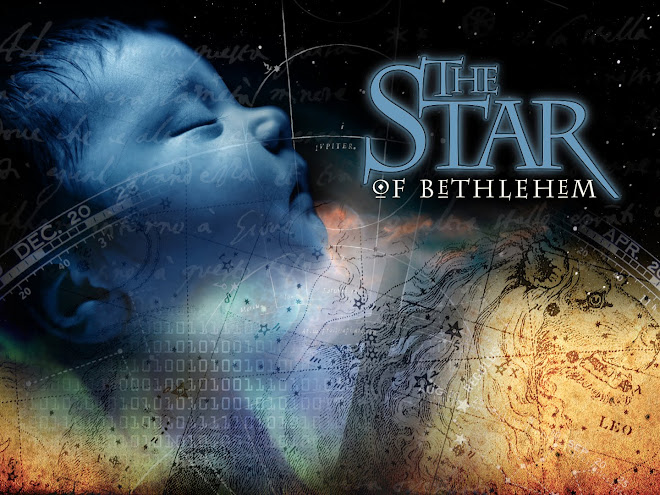It's true that we can recreate the Star events with software, and that's extra-Biblical evidence. But what about contemporaneous evidence? Two thousand year old evidence? You guys are going to love this.
Caesar Augustus is considered to be the first Roman emperor. Perhaps you recall that his predecessor and adoptive father, Julius Caesar, was assassinated by senators (remember Brutus?). They feared he would establish a monarchy. Upon his father's death, Augustus learned that Julius had designated him as successor. Perhaps to avoid Julius' fate, Augustus did not immediately accept this mantle. He did respond by destroying Julius' opposition. Over years, he gradually assumed power and ushered Italian history from the age of the Republic to that of Imperial Rome.
By many measures, Augustus was a good ruler. He was widely esteemed by those he did not crush. He reigned for decades, accomplishing much militarily, but also in the civic realm. The 25th year of his rule, 2 BC, coincided, in popular belief, with the the 750th anniversary of the founding of Rome. In 2 BC, in honor of Augustus' position and the auspicious date, the Roman Senate declared him "Pater Patriae," the father of the country.
Romans of the period accepted that celestial portents accompanied great men and events. For example, a comet appeared after Julius' assassination. The Romans assumed that this was his divine spirt returning to heaven. Some Roman coins of the period show an image of this comet with the words DIVVS IVLIVS (The Divine Julius).
In the Star Presentation I show a stunning conjunction which occurred in 2 BC. Jupiter and Venus came together to form the brightest star anyone alive had ever seen. This happened the year in which Augustus was declared Pater Patriae. It appears the Romans saw it. They knew nothing of the kingly birth in Bethlehem, and seem to have assumed that Messiah's Star of Kings was an endorsement of Augustus!
Tiberius, who succeeded Augustus and reigned at the time of Christ's crucifixion, memorialized the events of 2 BC with a copper coin minted in Rome in 16 AD. The coin bore a regal bust of Augustus with the words DIVVS AVGVSTVS PATER (The Divine Augustus, Father). But that's not all. Above Augustus' head, there appears a six-pointed Star -- the Star of Bethlehem struck on a Roman coin!
It gets better. Because of the web, I have a photo of this coin to show you. Better, through God's provision, I OWN the coin you will see. When I found it, I was literally shaking! But to find it available to purchase? Amazing.
Here, then, is contemporary physical evidence of the Star, its date, and its regal import!

There's more to this story, but I've run long. Looks like I need to write a book...
If you have time, let's join in prayer:
"Father, you just bless us and bless us. Thank you for continuing to reveal new evidence showing the truth of your word and the majesty of your Son. Lord, we believe without seeing. But these treats are a delight to us! We ask that you reveal yet more facts and evidence which bring glory to your name and challenge to those who deny you. These things are not hidden to you, Lord. You know where all of these goodies are. Reveal them! Thank you, Lord, for allowing us to have a kind of eyewitness experience thousands of years after Our Lord's coming. Thank you for bending pagan thinking to your eternal purpose. Thank you for preserving these evidences and revealing them now! We praise you in the name of Messiah Jesus, amen."
Rick



